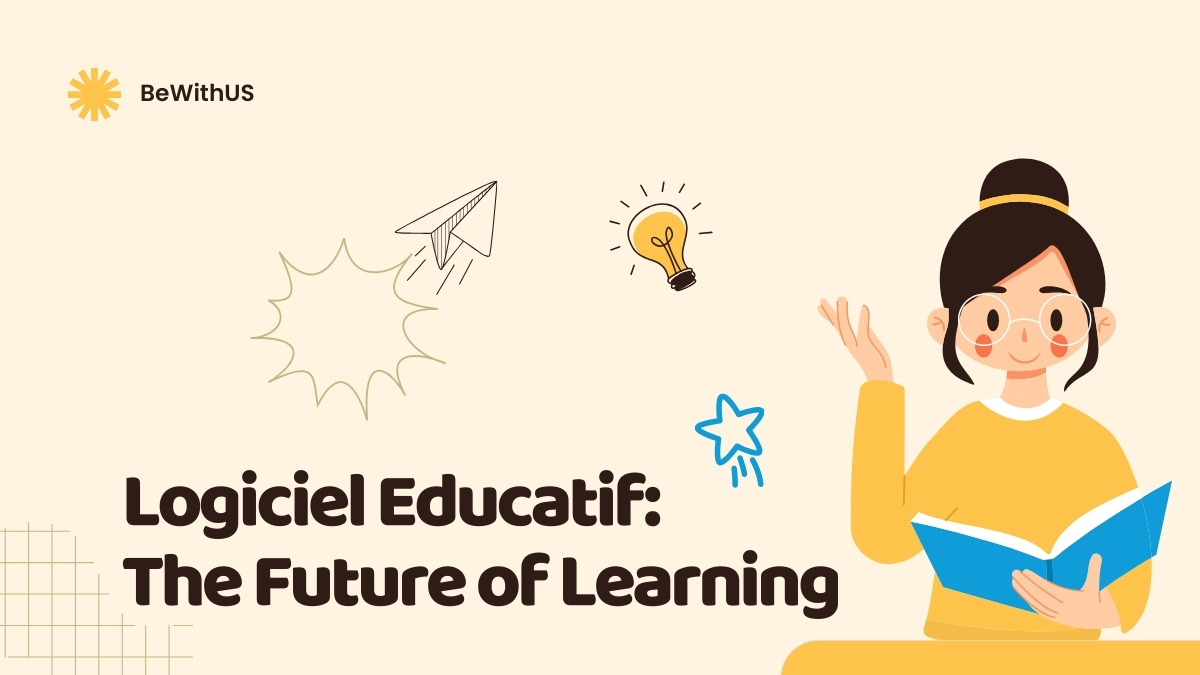In this digital age, education is evolving rapidly, and one of the most significant transformations is the introduction of educational software, or “logiciel educatif“. These tools are reshaping how students learn and teachers instruct, making education more engaging, accessible, and personalized. Whether you’re a teacher looking to enrich your classroom experience or a parent seeking additional resources for your child, understanding the benefits and types of educational software is essential.
Understanding Logiciel Educatif
Logiciel educatif is software designed specifically to support teaching and learning activities. This software can come in many forms, including interactive games, simulation programs, e-learning platforms, and assessment tools. The primary goal of educational software is to make learning more interactive and effective by incorporating multimedia, instant feedback, and personalized learning pathways.
Benefits of Logiciel Educatif
- Interactivity & Engagement: One of the most significant advantages of educational software is its ability to engage students through interactive content. Gamified learning experiences, quizzes, and simulations encourage active participation and make learning more fun.
- Personalization: Many educational software applications are designed to adapt to the individual needs of learners. This means that students can work at their own pace and receive customized content that suits their learning style, whether they are visual, auditory, or kinesthetic learners.
- Accessibility: Logiciel educatif breaks down geographical barriers, allowing students to access quality education regardless of their location. Online learning platforms can reach individuals in remote areas and those who may have difficulty attending traditional classes.
- Instant Feedback: Unlike traditional educational settings, where feedback may take time, educational software provides immediate feedback on quizzes and assignments. This allows students to learn from their mistakes right away and improve their understanding of the subject matter.
- Data Tracking & Analytics: Many educational software programs come with built-in analytics tools that help educators track student progress. By analyzing data on engagement, completion rates, and performance, teachers can identify areas where students may be struggling and adjust their instruction accordingly.
Types of Educational Software
- Learning Management Systems (LMS): These platforms, such as Moodle or Blackboard, provide a comprehensive environment for course management, including content delivery, assessments, and communication between students and instructors.
- Tutoring Software: Tools like Khan Academy or Duolingo offer personalized learning experiences and skill-building exercises in various subjects, catering to different age groups and learning levels.
- Simulation Software: Programs designed for specialized fields, such as medical software that simulates surgical procedures, help students practice skills in a risk-free environment.
- Game-Based Learning: Educational games that promote skill development in subjects like math, science, and history, such as Prodigy Math or Minecraft: Education Edition, make learning enjoyable and engaging.
- Assessment Tools: Tools like Google Forms and Kahoot! allow educators to create assessments and quizzes that can be easily graded and analyzed.
Implementing Logiciel Educatif in the Classroom
To successfully incorporate educational software into your teaching practices, consider the following steps:
- Assess Needs: Identify what subjects or skill areas need improvement and research software solutions that align with your educational goals.
- Seek Feedback: Involve students in the decision-making process by asking for their input on what types of software they find engaging and helpful.
- Pilot Programs: Implement new software on a small scale to understand its effectiveness and gather data on how well it meets the needs of your students.
- Integrated Approach: Use educational software in conjunction with traditional teaching methods to create a blended learning environment that balances direct instruction with interactive activities.
- Professional Development: Stay updated on new educational technologies and seek training opportunities to enhance your digital literacy as an educator.
Conclusion
As technology continues to advance, the world of education will undoubtedly keep evolving. Logiciel educatif offers a wealth of opportunities for engaging and effective learning experiences, providing significant benefits for students, teachers, and parents alike. By embracing educational software, we can foster a more dynamic, inclusive, and personalized learning environment that prepares students for success in a rapidly changing world.
